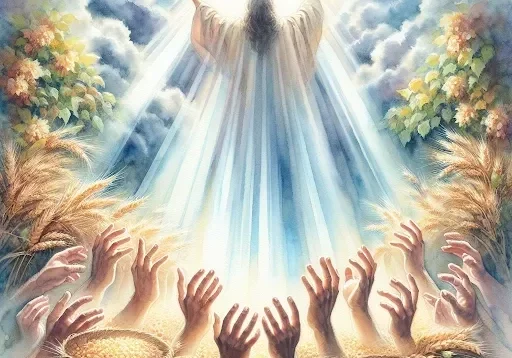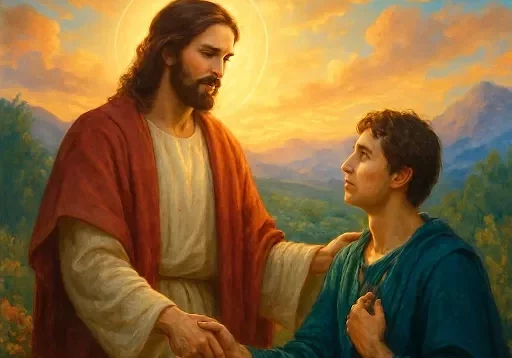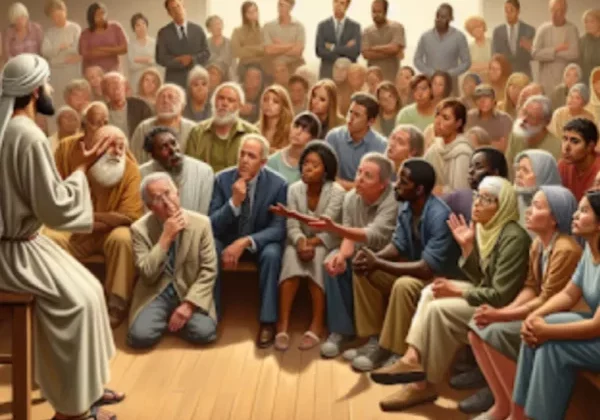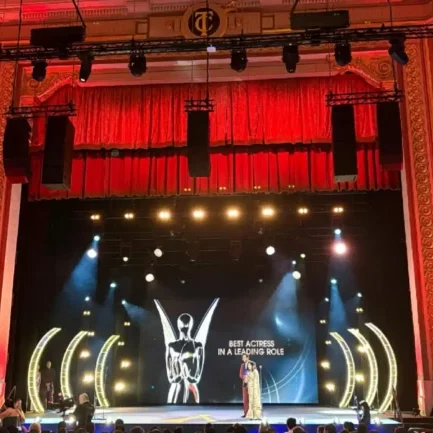Holy Week Across Europe: How Christian Countries Mark the Passion and Resurrection

SHARE
Holy Week in Europe is more than a long weekend or a cultural holiday—it’s a deep and moving expression of faith in God, memory, and renewal. Across Christian countries, this sacred time—from Palm Sunday to Easter Sunday—honors the death and resurrection of Jesus Christ.
While traditions vary widely from nation to nation, the essence remains: Jesus is alive, and His victory over death changes everything.
In Italy, Holy Week is marked with vivid passion and pageantry. Processions fill the streets in towns like Trapani and Prizzi, where hooded participants carry life-sized statues of Christ and the Virgin Mary through cobbled alleys and ancient piazzas. Easter Sunday is celebrated with roasted lamb and “colomba,” a dove-shaped cake symbolizing peace and resurrection.
Embed from Getty ImagesFrance observes Holy Week with a quiet reverence. Church bells fall silent on Good Friday, said to have “flown to Rome” in mourning, only to return on Easter morning with joyful peals.
In Bessières, a small town in the south, thousands of eggs are cracked and cooked into a massive omelet—honoring a centuries-old legend involving Napoleon and celebrating new life.
Poland, deeply Catholic, combines sacred ritual with family tradition. Palm Sunday is celebrated with colorful, handmade palms. By Holy Saturday, families prepare Easter baskets—brimming with sausage, eggs, bread, and a symbolic butter lamb—to be blessed at church.
These remain untouched until Easter morning, underscoring the joy of Christ’s resurrection after the solemnity of Good Friday.
Germany blends sacred and seasonal customs. On Easter Sunday, many regions light “Osterfeuer” (Easter fires), a tradition that predates Christianity and now symbolizes Christ as the Light of the World.
Families decorate trees with hanging painted eggs—“Ostereierbaum”—and gather for festive meals. In Bavaria, the Easter Ride in Traunstein features riders in traditional dress, reflecting both religious devotion and local pride.
Greece celebrates Orthodox Easter with unmatched intensity. Since the Orthodox Church follows the Julian calendar, Easter often falls later than in Western Europe.
In Corfu, clay pots are smashed from balconies on Holy Saturday in a loud, joyful announcement that death has been defeated. Midnight services herald the resurrection with candlelit processions and joyful cries of Christos Anesti! (Christ is Risen!).
Embed from Getty ImagesIn Spain, Holy Week (Semana Santa) is a national event. From Seville to Valladolid, solemn processions carry intricate religious floats, some centuries old, accompanied by mournful music and robed penitents. These powerful spectacles draw crowds and stir hearts, calling communities to remember Christ’s sacrifice and victory.
As Europe celebrates Easter in cathedrals, chapels, homes, and public squares, the resurrection message resounds: “He is not here; He has risen, just as He said” (Matthew 28:6). And through continued efforts in Bible translation, such as the recent completion of the Eastern Slovak Romani Bible, more hearts are hearing this life-giving truth in their own language.
In every tradition, from the quiet to the grand, one truth echoes: Jesus is alive—and that changes everything.
*Cover Photo/Thumbnail Photo from italymagazine.com
RELATED ARTICLES

I’m a Christian and I Got No Startup Money!

Tempted to Abandon My Calling

Standing With Israel, Day by Day









